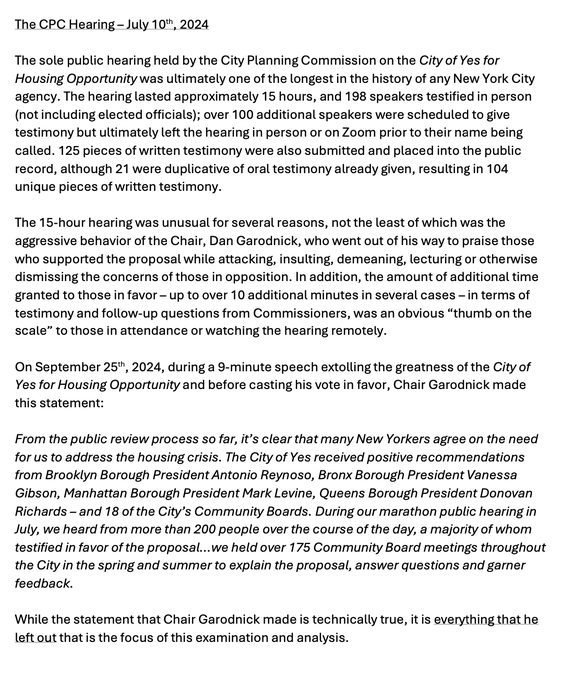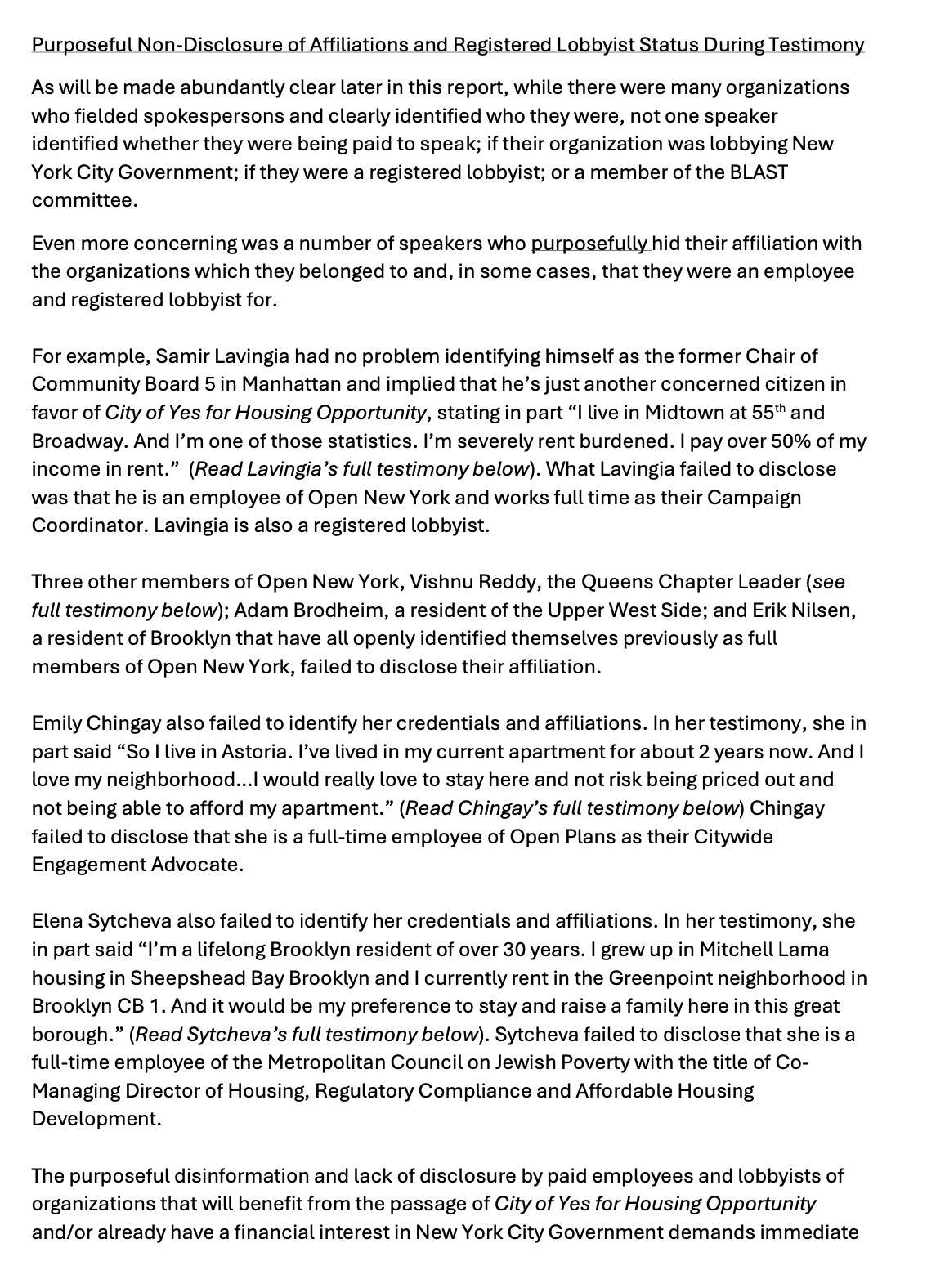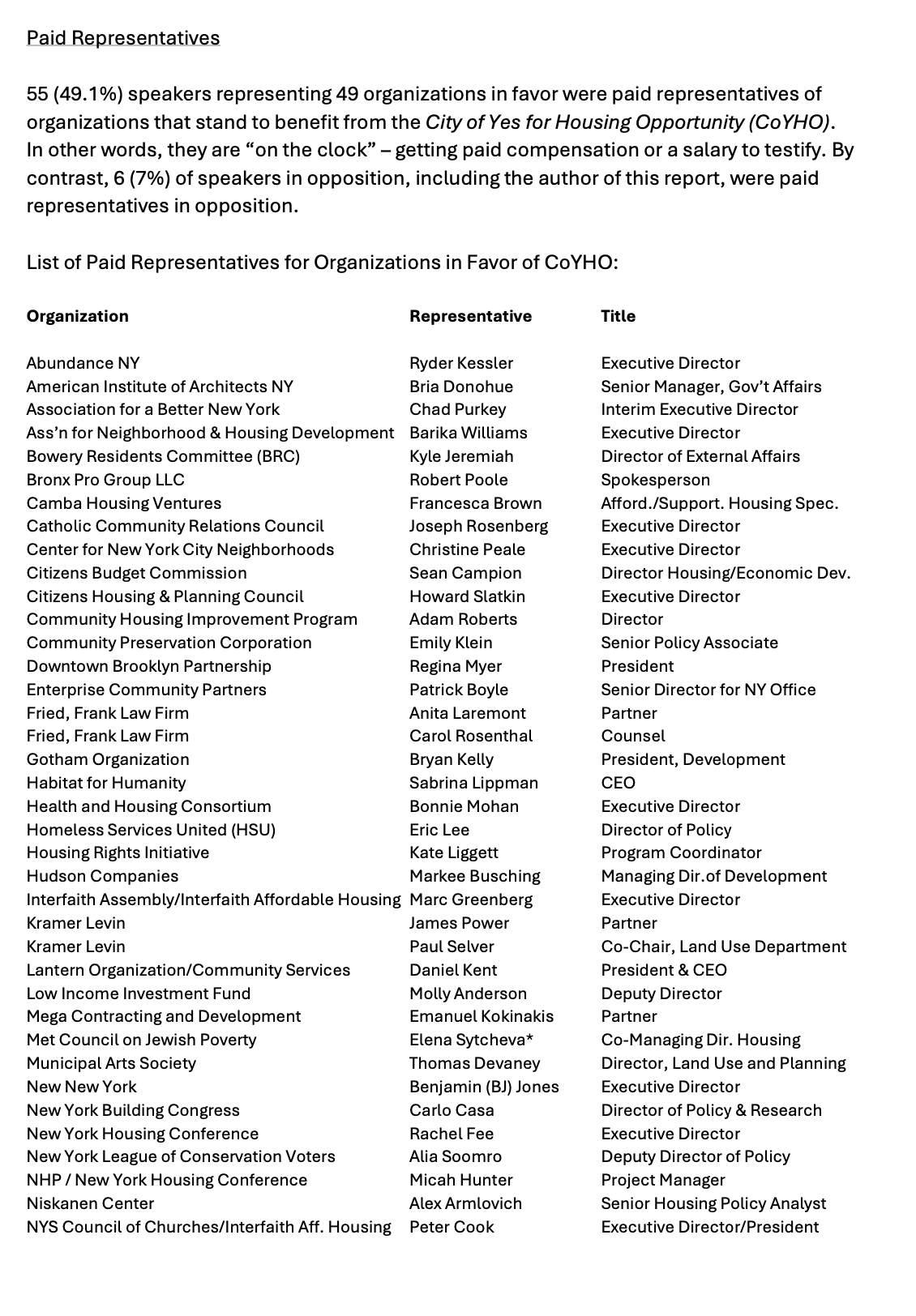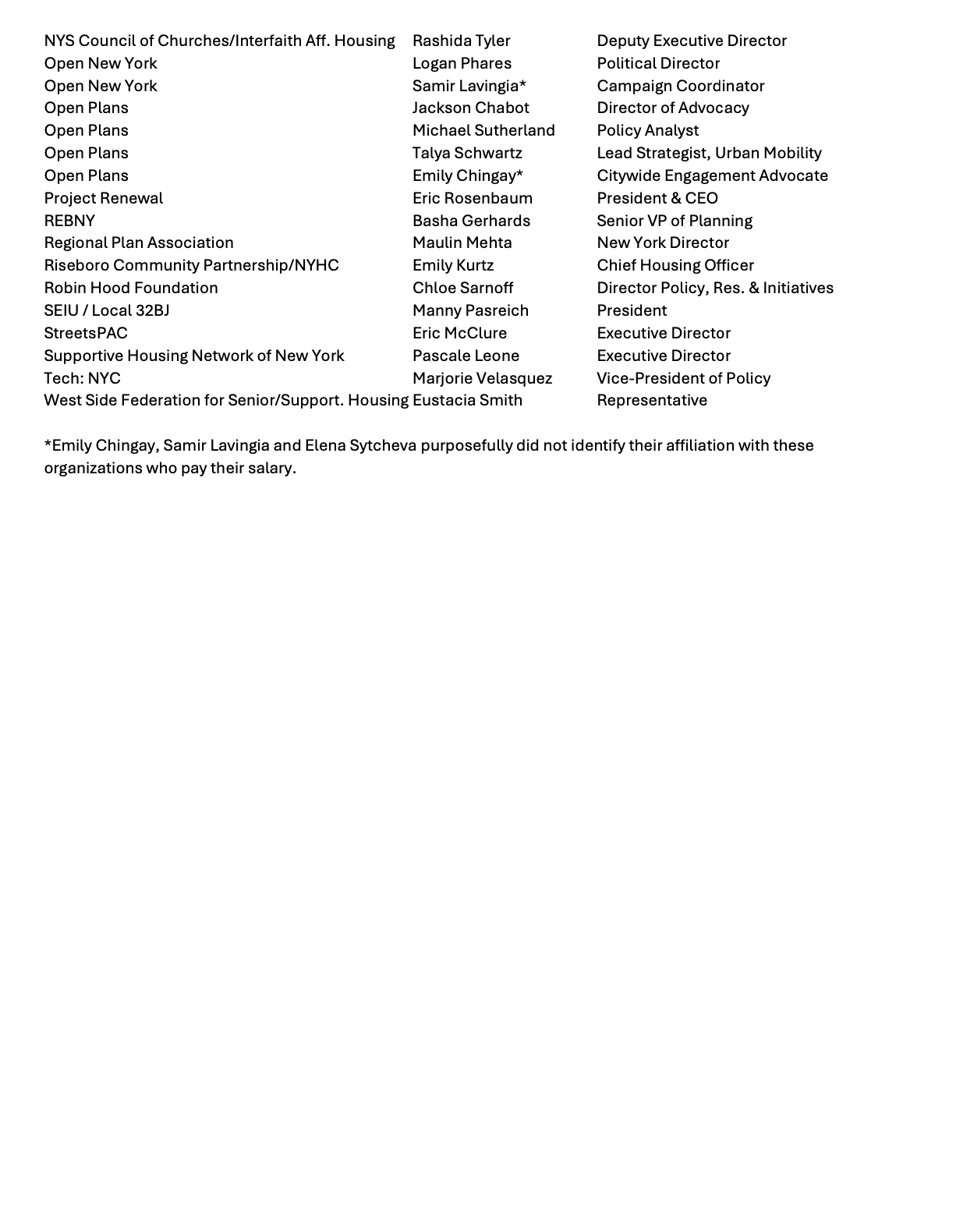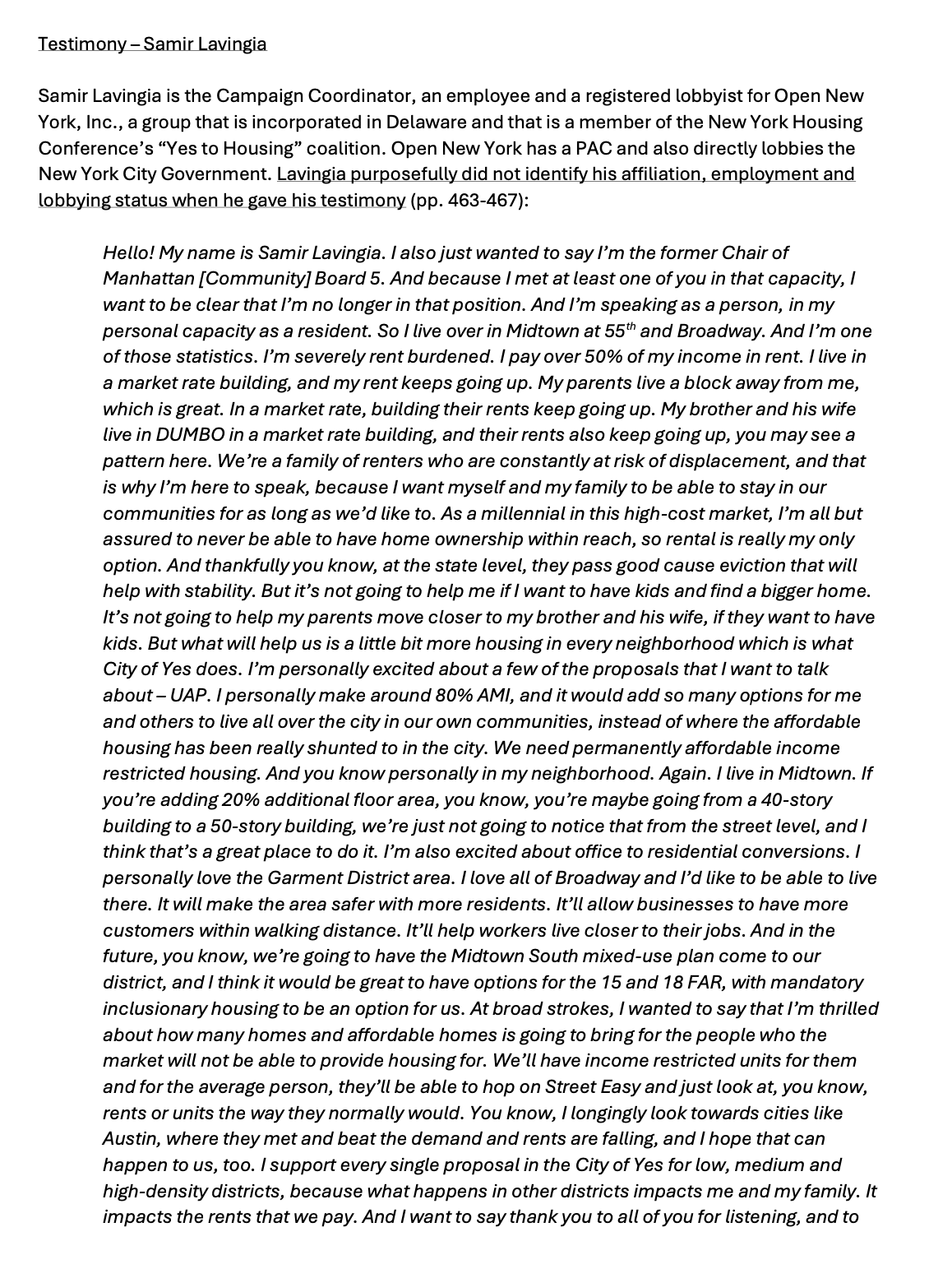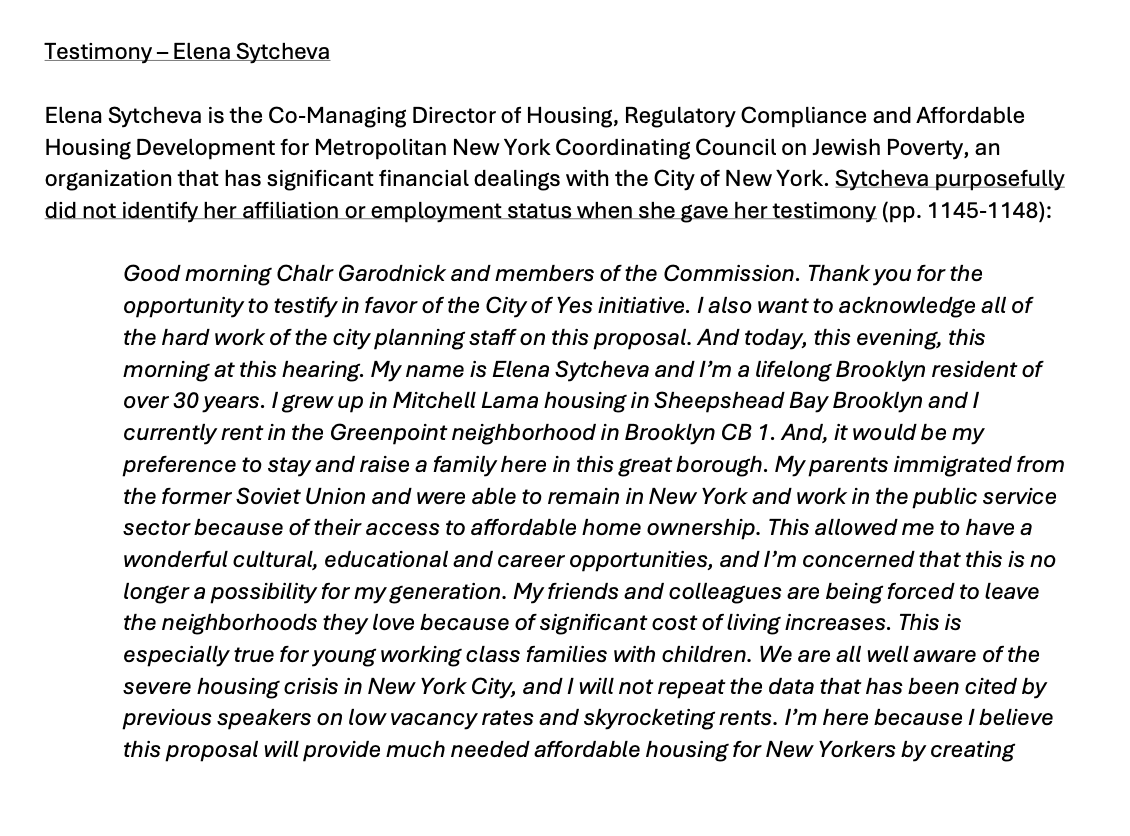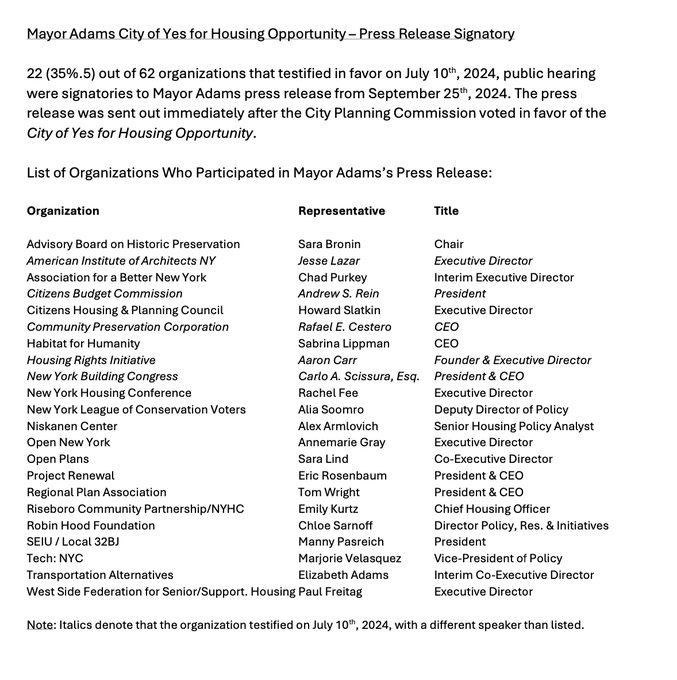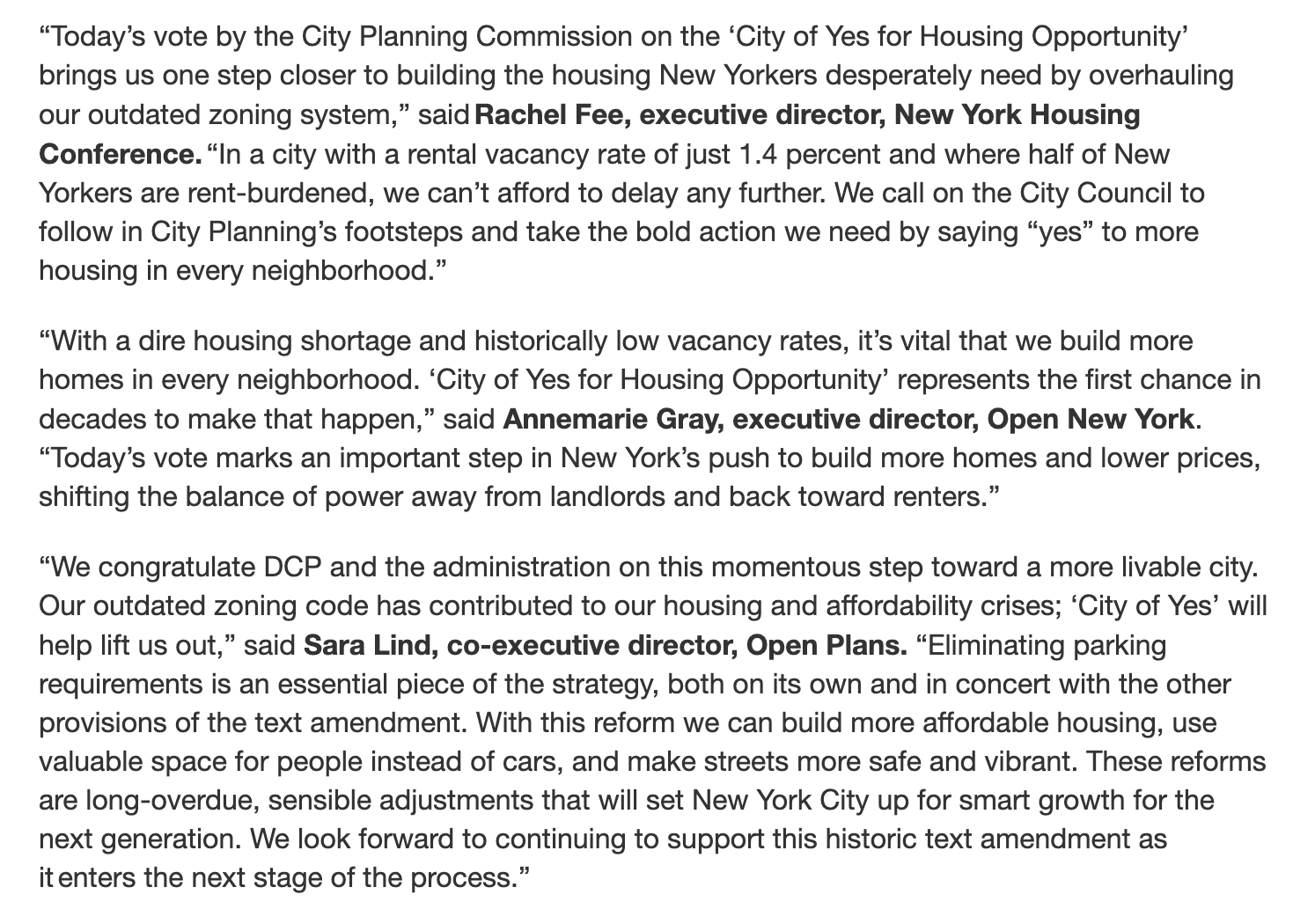Thursday, October 31, 2024
Sunday, October 27, 2024
Graveyard Bay

Jamaica Bay is quietly earning a reputation as the Big Apple’s version of the Bermuda Triangle — with at least eight dead bodies discovered in and around the area over the past year, some under mysterious circumstances.
Investigations into five of the eight “floaters” who washed ashore or turned up in either Jamaica Bay or the nearby Atlantic Ocean side of The Rockaways have been closed, authorities said.
However, many questions still remain.
The “manner of death” on four of the bodies was deemed “undetermined” by the city Medical Examiner’s office, including Emmy-award winning cinematographer and photographer Ross McDonnell, who authorities have said loved to “wild swim” in the ocean and other waterways.
The 44-year-old Irishman’s headless, armless torso washed up on a Breezy Point beach Nov. 17, two weeks after leaving his Brooklyn home.
Police initially said they believed McDonnell likely drowned taking a late-night dip, but the ME said it declared the cause of death “undetermined” based on the lack of evidence off the predominantly sparse skeletal remains found.
Three other deaths remain under investigation by authorities, including Marco Ramirez, 48, of Brooklyn, who was found dead Oct. 15 along the Cross Bay Boulevard shoreline of the Jamaica Bay Wildlife Refuge in Broad Channel, and an unidentified female who washed ashore in Breezy Point on Oct. 5.
City coroners have so far only been able to determine both the cause and manner of death for one of the eight deceased — a headless man whose unidentified remains were found in April by a fisherman near 165th Avenue and Cross Bay Boulevard in Queens.
About a 1,000 feet away, authorities found a rope hanging from the Joseph P. Addabbo Memorial Bridge.
That case was declared a hanging suicide, according to the Medical Examiner’s office.
Councilwoman Joann Ariola (R-Queens), who represents much of The Rockaways, said she expressed concerns to authorities over the summer after the body count reached five — only to be told by law enforcement they didn’t believe the deaths were connected.
Thursday, October 24, 2024
Driving malfeasance
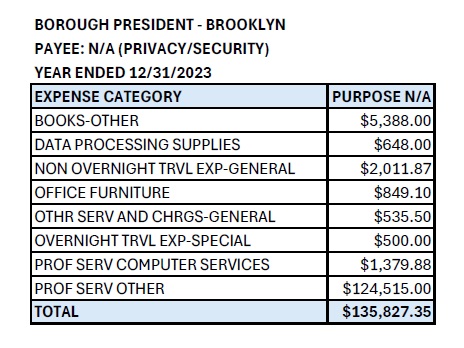
Welcome to New York City’s most impressive disappearing act yet. Following our previous exposés of fiscal acrobatics and car service extravaganzas, we present something remarkable: $4.2 billion of taxpayer money that’s simply vanished from public view.
In what could be called innovative municipal recordkeeping, New York City has classified an astounding $4,201,873,479.51 under the vendor code “N/A (Privacy/Security)” in 2023. Of this impressive sum, $4,131,414,624.59 lists its purpose as “blank” – presumably because even “N/A” felt too specific. The remaining $70,458,854.92 gets the slightly more descriptive purpose of “N/A,” for those times when someone felt compelled to write something.
A sum of $4.2 billion is almost too massive to comprehend, let alone cover in a single post. So, let’s start small – with our borough presidents, whose modest contributions to this trend are particularly telling. After all, if routine expenses like office supplies and travel can be deemed too sensitive for public disclosure, what hope do we have of understanding the billions classified elsewhere? These smaller examples reveal a culture of opacity that has trickled down from the highest levels of city government to the most mundane of expenses.
Borough President Antonio Reynoso leads with $135,827.35 in classified spending. His office’s signature move? Converting $124,515 into “Professional Services Other” – a category that explains nothing while saying something. They’ve also managed to make $5,388 worth of books disappear from public scrutiny.
Vanessa Gibson’s office presents $30,680.41 in mysterious expenditures, including $13,618 in travel expenses to undisclosed locations. The destinations remain as mysterious as the purposes.
Under Donovan Richards Jr.’s watch, Queens contributes $13,345.20 in classified spending, featuring $9,100 in “Temporary Services.” The nature of these temporary services remains, appropriately, temporary.
Mark Levine keeps it modest with $6,358.10 in classified expenses, including an intriguing -$3.50 credit. Even refunds, it seems, can be confidential.
These are the hypocrites who want to abolish parking mandates.
But these borough-level activities are merely a prelude to the city’s larger production. Consider $4.2 billion – enough to fund significant public works – simply marked as confidential. More impressively, they’ve managed to make the purposes disappear as well.
When the purpose of $4.1 billion of spending is classified as “blank,” it raises questions about the very nature of public disclosure. The remaining $70 million marked “N/A” almost seems quaint in comparison.
Driving mandate

The number of people traveling in and out of New York City by car is higher than ever before, even as mass transit ridership continues to lag behind levels seen before the COVID-19 pandemic, a new report on MTA finances from State Comptroller Tom DiNapoli revealed.
Crossings on the MTA’s seven bridges and two tunnels across New York City climbed to 335 million in 2023, already a record, and are expected to hit 339 million in 2024, according to DiNapoli’s report. That comes even as paid weekday ridership on the subway still hovers at around 70% of pre-COVID averages, with higher numbers registered on weekends, suggesting a permanent shift to working from home even as New Yorkers take transit for personal activities.
Even worse, MTA ridership over the next several years is expected to recover still more slowly than officials once projected: in November 2020, consulting giant McKinsey & Company predicted ridership would rise to 86% of pre-COVID levels by 2026, but MTA brass now concede it will likely average only 80% by that time.
Suck it, Open Plans.
Sunday, October 20, 2024
The people, the lies and the conspiracy of the City of Yes
With the City of Yes of Housing Opportunity about to get heard by City Council and New Yorkers the next two days, Intrepid City Planner Paul Graziano dropped a report on the sneaky tactics at the previous zoom hearing and sneaky people trying to get the worst housing plan in New York City history approved in spite of majority rejection by community boards and residents.
Here are the best parts on Paul's X account.
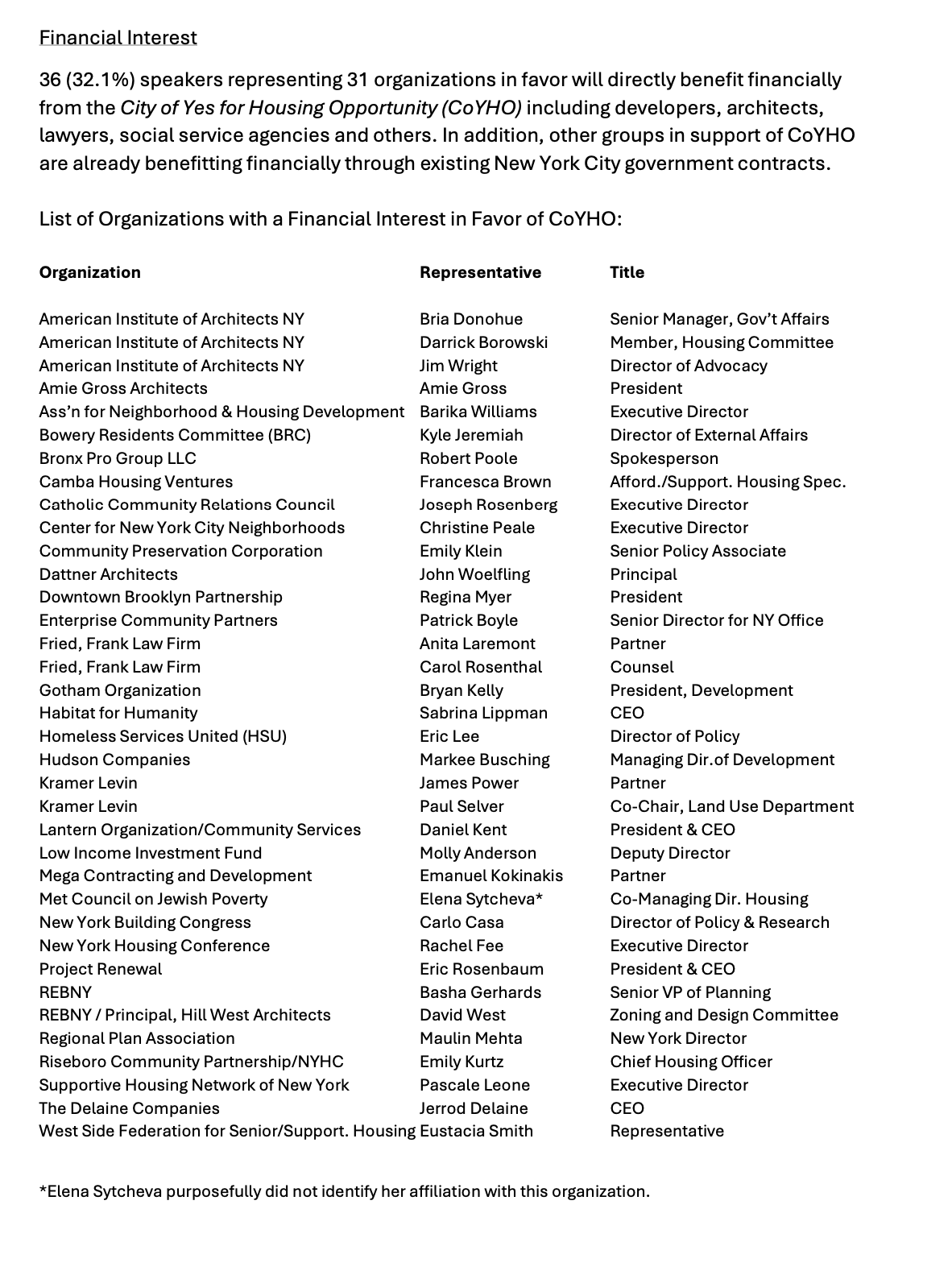
The video above happens to be from this farcical rally with everyone from Paul's COY list. They can't even answer housing related questions and defend their agendas without their YIMBY scripts and talking points. And they refuse to answer the most important question no one is asking these dopes, who is going to build this City of Yes?
Luxury public housing tower development in Ridgewood is still in a coma

Construction has been put on hold for a 17-story mixed-use building at 3-50 St. Nicholas Ave. in Ridgewood.
Known as The Ridgewood, this tower will be the tallest structure in Ridgewood. It will cover 284,000 square feet. In addition to 97,000 of that square footage being dedicated to retail space, including two large stores and other amenities, The Ridgewood will have 133 rental apartments, with plans to set 30% of them aside for affordable housing. A community facility was also planned to be included as part of this structure.
Delays have previously plagued the construction process of The Ridgewood. A fatal accident on the construction site in April 2022 led to multiple stop work orders as a result of unsafe working conditions. While the developers of the building had initially hoped to complete the project in the winter of 2023, the stop work orders delayed construction for multiple months. It was not until December 2022 that the building was finally topped out. The latest construction delay likely means that the project will not be done before the end of 2024.
Prior to the most recent pause, the facade was partially enclosed. Progress had been further along in the exterior, at the podium. Current features of the podium include a red metal envelope and broad stretches of glass with black mullions. The main southern elevation is close to being completed, but the northern face is still mostly exposed, with metal frames currently in place to support the installation of paneling. A tall sidewalk shed is blocking the view of the tall sidewalk shed.
The plutocrats of poverty
The weather is getting colder in #NYC. Today, over 350,000 NYC residents experience homelessness, while only 130,000 find space in insecure and overcrowded city shelters. 1 in 9 NYC students are homeless, and yet our city ONLY prioritizes migrant shelters.
— Curtis Sliwa (@CurtisSliwa) October 18, 2024
That’s why we need… pic.twitter.com/5lhCXZa72J
Nepotism. Self-dealing. Executive salaries in the high six figures.
These are some of the allegations leveled in a new report on New York City’s multibillion-dollar shelter system released by city investigators on Thursday.
The review, which began in 2021, found a range of potential improprieties at 51 nonprofits that receive taxpayer funds to provide shelter and services for clients of the city Department of Homeless Services, which manages the biggest municipal shelter system in the United States. On an average night, over 87,000 people stay at the more than 500 New York City shelters funded by the department.
The city’s Department of Investigation found multiple instances of apparent conflicts of interest, potential nepotism and failure to comply with competitive bidding requirements on the part of shelter providers, according to the nearly 100-page report.
“City-funded nonprofit service providers pose unique compliance and governance risks, and comprehensive city oversight is the best way to stop corruption, fraud, and waste before it starts,” Department of Investigation Commissioner Jocelyn Strauber said in a statement. “Today’s report provides ample evidence of the risks specific to nonprofits and shortcomings in city oversight and makes 32 recommendations to strengthen controls around this essential network.”
In some cases, insiders were paid outside of their normal compensation through personal business interests involving the shelter where they worked, such as security companies that staffed those shelters — and were owned by the nonprofits they served. In other cases, shelter providers told investigators they did not employ any immediate relatives of senior employees or board members, which would violate their city contracts — but the investigators later found that adult children of shelter executives had been employed by the nonprofits for years.
Multiple nonprofit executives received more than $500,000 annually, and in some cases more than $700,000 annually, in compensation from the shelter providers and related organizations. Investigators emphasized these salaries were funded largely or in part by taxpayer dollars and said the city lacks sufficient rules to guard against excessive compensation.
Many of the groups have annual revenues in the tens or even hundreds of millions of dollars. More than 90 nonprofit contractors now provide shelter services for the city, up from at least 70 just a few years ago, according to the report. New York City has a decades-old legal right to shelter that generally requires that a bed be provided to anyone who needs one — though this right was curtailed for migrants earlier this year.
The report comes as the city faces a stubborn housing and homelessness crisis exacerbated by the migrant influx since the spring of 2022. The homeless services department’s budget for shelters rose to $4 billion in fiscal year 2024, up from $2.7 billion two years earlier, according to the report. Migrant shelters run by NYC Health and Hospitals — called humanitarian relief centers — were not covered by the review and are being separately monitored by city investigators and a major accounting firm.
A spokesperson for the city’s Department of Social Services, which oversees the shelters, said it has “completely stopped doing business with a number of providers highlighted in the report,” and taken other steps to strengthen accountability for the nonprofit contractors.
“To be clear, this report does not reflect our current contracting and oversight processes given that the review began years ago prior to the current administration, but we look forward to continuing on these improvements to better serve New Yorkers,” the agency said in a statement.
Saturday, October 19, 2024
Monday, October 14, 2024
Twin Towers of Yes

A major developer has plans to build two nearly 50-story towers in the middle of a residential neighborhood in Central Queens – but locals want no part of it.
Marx Development Group aims to construct a two-tower complex, which will be as high as 47-stories – or 572-feet tall – between Parsons Boulevard and Park Avenue in the generally low-density, suburban-eque community of Kew Gardens Hills.
While the project is still missing some needed permits, according to Department of Buildings documents, the dual-tower skyscraper is an as-of-right project and can be constructed without a potentially lengthy rezoning process.
However, locals and elected officials in the neighborhood nonetheless want the project halted.
The lot for the building is nestled amongst several low-density blocks, characterized by two- to three-story apartment buildings. It is directly between an assisted living facility, which the developer also owns; an office building, which houses the office of Assemblymember Sam Berger; and the NYPD’s 107th Precinct.
The majority of the area is listed as an R6 zone, according to the Department of City planning.
DCP said that the plans, as they were outlined as of Thursday, would not require the developer to undergo any kind of rezoning process, a potentially lengthy procedure that would require approval from the local community board, borough president and City Council.
The lot has long been owned by MDG subsidiary Atria Builders LLC, which is headed by CEO David Marx, and the company has been working to file permits for the building since 2019.
Currently, according to the Department of Buildings, the tower’s construction is not fully approved, and is missing a few documents. Mainly, the application is missing what is called a zoning diagram, a document that proves the builders plan to use the building solely for its allowed zoning use – in this case, residential use.
However, the developer has approved permits to do preliminary ground work at the site, which is currently ongoing.
But as work began on the lot, so too did local opposition.
Negative community response to the building began to pick up when housing outlet New York YIMBY published an article on Oct. 2, reporting that the owners are beginning the development process.
New York YIMBY also reported that the structure would bring 800 units over the property’s 1.1 million square feet, and around 27,000 square feet for community facility space.
It is currently unclear if – or how much – affordable housing the building would include.
It is scheduled to be completed by 2028.
“It will be a disaster,” said Sorolle Idels, a local Jewish leader and community board member. “It's a congested area, making it unbelievably more congested…This is a big fat mess.”
Idels said that even though the developers were not required to come before the community board to pitch the project, she believes they should have at least given them a heads up giving the project’s size and scale.
“This absolutely went under the radar with no input from the community board or the community,” she said. “No one discussed it with anybody, and that's not right. How do you build a skyscraper and not get the community input?”
City Councilmember Jim Gennaro said that while the project is still in its preliminary stages, he wants to work with the developer to make sure community concerns are addressed.
“My job is to bring the community and the developer together to work out common sense accommodations, common sense mitigations, work on people's concerns and expect some consideration and some acquiescence to the community's concern,” Gennaro told the Eagle.
“I think it's in the developer's best interest to be neighborly and be attentive to community concerns,” he added. “Nothing has been approved by the DOB as of this date, but we're not going to wait. We're going to get out there and we're going to mix it up.”
Sunday, October 13, 2024
Uncle Steve is Watching...
Here’s one New Yorker who is not jumping on the Mets’ bandwagon.
The team uses facial recognition technology to collect information on unsuspecting Citi Field patrons, claims Chris Dowling in a new class-action lawsuit.
Citi Field cameras “at the main fan entrance” collect “facial identifiers” from patrons as they enter the stadium, and the Mets have third parties processing the data to find people on the team’s “black list,” Dowling alleged in a Brooklyn Federal Court filing.
While the Mets have publicly acknowledged they use facial recognition for security purposes, Dowling claims they use the information gleaned “for value or profit,” which violates the New York City Biometrics Law, the suit says.
Mets fans on Reddit “have detailed the use of facial recognition by Citi Field which has been weaponized against them,” according to the lawsuit.
“I realized it when they made me take off my hat to walk through the metal detector,” said the poster. “I was confused [because] the detector would pick up anything I am trying to hide in my hat! After the third time, I realized it was because my hat was hiding my face and blocking their scan. I do not like it one bit.”
The facial recognition tech is a breach of privacy, critics charge, and similar to Madison Square Garden’s controversial facial recognition tech.
The Mets “increase their profit margin when they choose to use facial recognition as opposed to using manual labor to adequately protect its 400,000 square foot premises,” the suit argues.
The Mets allow fans who opt-in to use facial recognition technology to enter the ballpark without paper or digital tickets, a feature the team introduced in 2002 and calls Mets Entry Express.
“It’s a slippery slope,” Nate Wessler, a facial recognition litigation expert with the American Civil Liberties Union told The Post. “When people buy a ticket to a ball game, they expect to turn over money in exchange for a seat. They don’t expect that they’re also giving the company permission to track them based on the unique features of our faces.”Friday, October 11, 2024
Criminals and Guns found at Creedmoor asylum seeker tents
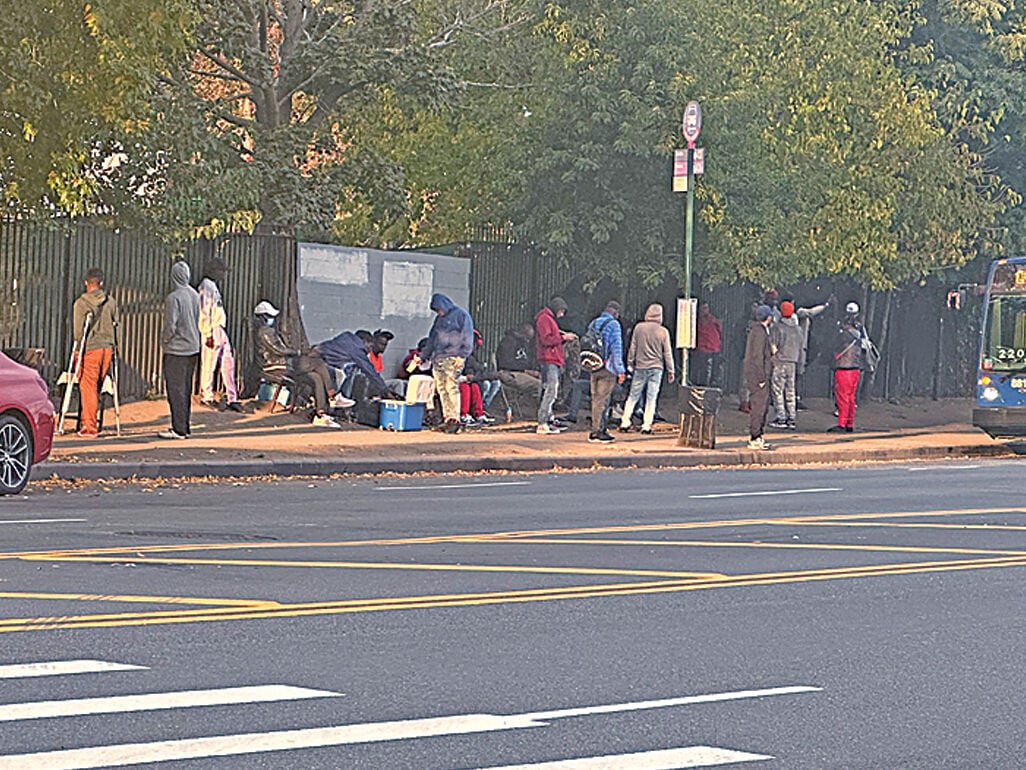
A press conference was held in Queens Village last Friday in the wake of two Cuban migrant brothers wanted for attempted murder in Orlando, Fla., allegedly being discovered with a gun inside the tent city on the Creedmoor Psychiatric Center complex.
Councilwoman Linda Lee (D-Oakland Gardens), who held the event, in conjunction with other area officials, was stunned to learn about the fugitives from the New York Post, which first reported the incident.
“It happened three days ago,” Lee told the Chronicle on Oct. 4. “The most alarming part of this is that I found out today ... We didn’t get any phone calls from anyone at [City Hall].”
Lee said she was at the complex just a few weeks ago discussing how to improve conditions at the tent city.
“Quality of life issues need to be addressed,” Lee said. “Whether it is the garbage, the lack of buses or the parks not being open.”
The councilwoman said residents have been patient and understanding when it comes to what is happening with the migrant crisis, but to have a tent city with more than 1,200 asylum seekers smacked down in the middle of a residential neighborhood, unlike the Humanitarian Emergency Response and Relief Centers on Randall’s Island in Manhattan and Floyd Bennett Field in Brooklyn, is problematic.
“Those two other tent city HERRC sites are in isolated areas,” said Lee. “This one is ... across the street from a school, the park and everything.”
Lee said when she did a site tour of the facility when it first opened up, she was told there was an intake process and background checks being conducted.
“My question is, where did the system fall apart?” she said. “Maybe we need to do a better intake and reevaluate the system to make sure this doesn’t happen.”
Lee said the situation is very dangerous not only to the residents, but the migrants too.
“If a fight broke out, if there is an incident that happens, that puts the other migrants at risk as well,” she said. “We want this site to be closed, but in the meantime, what we are demanding are metal detectors installed ... We are going to push the city for this.”
Mayor Adams’ office said it does not do criminal background checks on everyone who comes through the system, but all its migrant facilities have 24/7 security to keep every individual under its care — and New Yorkers at large — safe. Adams’ office also said that anyone who violates the code of conduct or threatens the safety of other shelter residents and staff may be subject to loss of shelter.
The Mayor’s Office did not say whether it will consider having metal detectors in HERRC facilities in the future after the alleged incident, but did say that it inspects all bags and packages, including food delivery bags.
When asked what the vetting and flagging process entailed, the Mayor’s Office did not further elaborate before press time. U.S. Customs and Border Protection said that it will look into the Chronicle’s inquiry and will respond at a later time.
Daniel Sparrow, a spokesman for Lee, told the Chronicle that she was under the impression the vetting or flagging process included criminal background checks.
Sparrow said, during initial the tour her office was assured that between the CBP and Roosevelt Hotel in Manhattan, where migrants share their information again for intake in the city, asylum seekers would be vetted, screened (for communicable diseases such as Covid-19), and flagged if anything alarming came up.
“Since these individuals were previously in Florida, there was evidently a lapse in the intake process that allowed individuals with outstanding warrants to be placed there,” he said.
Jaroscar Chavez Silva, 36, was charged with one felony count of criminal possession of a weapon in the second degree, according to the city Department of Correction.
According to a criminal complaint from the Queens District Attorney’s Office, a black G2S Taurus pistol loaded with one 9mm bullet and one magazine containing six 9mm rounds of ammunition was found in a duffle bag underneath the bed of the defendant. The complaint said a warrant was issued for Chavez Silva’s arrest on Sept. 16.
Rosheil Chavez Silva, 30, his brother, was extradited back to Florida after police at the 105th Precinct questioned both, reported the Post.
Bob Friedrich, president of Glen Oaks Village, a co-op with 10,000 residents adjacent to the migrant facility, said he does not believe the people at the site are being vetted.
“We have minimum-wage guards entrusted with securing our security inside the shelter,” Friedrich said. “Twenty-four-seven NYPD presence has been eliminated. The sidewalks outside have been strewn with litter and scores of migrants hang out and block the sidewalks. Our beloved elderly residents and young moms with children no longer can congregate at the park across from the migrant shelter because they have been pushed out and feel unsafe.”
Rich Hellenbrecht, the secretary and treasurer of the Bellerose Commonwealth Civic Association, told the Chronicle he was outraged, but the Borough President’s Office told him it would look into the matter.
“These are the guys that got caught,” Hellenbrecht said. “How many people are walking around with knives in their pocket or guns?”
Queens demands an end to the DOT e-scooter share cesspool PILOT
City Council Speaker Adrienne Adams is urging City Hall to put an “operational pause” on the ongoing electric scooter share pilot program in Queens, citing an epidemic of discourteous parking practices.
In a letter to Transportation Commissioner Ydanis Rodriguez, Adams—who leads the city’s legislative body while also representing neighborhoods like Jamaica and Springfield Gardens—said she has “profound concerns” with the Department of Transportation’s (DOT) e-scooter pilot, which launched in eastern Queens this summer following a yearslong program in the eastern Bronx.
Specifically, the speaker contends that scooter parking has been haphazard throughout the pilot area, with riders leaving their scooters on sidewalks or roadways and blocking pedestrian traffic flow.
“The lack of orderly operation and enforcement when e-scooters are left on public streets and sidewalks with reckless abandon must be urgently addressed,” Speaker Adams wrote in her Oct. 7 letter to Rodriguez, which was shared with amNewYork Metro. “I am requesting a reset of the department’s E-Scooter Share program in Southeast Queens to ensure the necessary protocols and protections are enacted to prioritize the safety of all residents while supporting local transportation needs.”
The speaker suggests that the “operational pause” should be used to “properly address these many outstanding issues.”
The pilot launched on June 27 in an approximately 20-square-mile area of eastern Queens between Flushing in the north and JFK Airport in the south, following what DOT deemed a successful pilot in the eastern Bronx. Both the eastern Bronx and eastern Queens are areas unserved by Citi Bike and relatively lightly served by mass transit, making them prime spots to test out new forms of micro-mobility.
The same three major scooter companies participating in the Bronx pilot — Lime, Bird, and Veo — also joined the Queens pilot. DOT says that since launch day, 37,000 riders have taken nearly half a million trips in Queens, while 5.7 million trips have been logged in total since the pilot began in the Bronx in 2021. Most rides begin and end in the same neighborhood, the agency says.
Unlike Citi Bikes, the scooters can be parked anywhere when a rider is done with them, except on busy corridors where they must be parked in designated “corrals.” Per program rules, scooters are allowed to be parked in the “street furniture” section of the sidewalk, where decorative aspects like street trees or bus stops are sited, but cannot obstruct the right-of-way for pedestrians on the sidewalk.
But since launch day, some Queens residents and pols have complained about riders disregarding those rules and parking scooters haphazardly, sometimes blocking sidewalks or entrances to people’s homes. Adams said that scooters “are too often chaotically left scattered on public and private spaces throughout Southeast Queens.” “For months, my constituents have witnessed and shared many accounts of e-scooters being left on sidewalks and streets, as well as in front of homes, driveways, businesses, places of worship, and beyond,” Adams wrote in her letter. “These conditions present potential hazards, especially to older adults and people with disabilities in neighborhoods.”Update

Speaker Adrienne Adams is going to have a town hall about the DOT's e-scooter share pilot tomorrow at 1 pm with State Senator Leroy Comrie. I'm sure the corporations and the DOT that approved to put their product on the street against the objections of the communities affected will be there to defend their failure and beg for more chances to continue this PILOT. While waiting for that, here's the sequel to my documentary of this disaster scooter cesspool polluting the streets of South and North Queens.
Correction: Looks like I didn't notice the date on that town hall that took place Mid-August, but I'm not going to take it down because those clips from the second video were made around that time and it really emphasizes the City Council's speaker's negligence and obtuseness by making a photo op grand gesture for a pause of the DOT's e-scooter cesspool PILOT.Thursday, October 10, 2024
City of Yes there's corruption in this housing plan
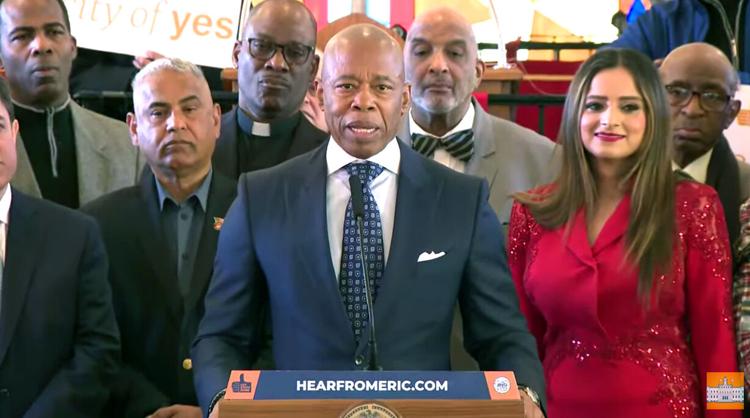
Shortly after Mayor Adams was indicted last week on federal corruption charges, Councilman Bob Holden (D-Maspeth) made a request via letter to the United States Attorney’s Office for the Southern District of New York to look into potential wrongdoing surrounding the Housing Opportunity initiative from the City of Yes proposals.
Holden also asked the city’s Department of Investigation to probe the matter last Friday, because he believes there may possibly be special interests at play.
The unsealed federal charges against Adams allege that he accepted bribes from Turkish officials and pressured FDNY members to ignore safety violations to push through the opening of a 36-story tower called the Turkish House in Manhattan in exchange for luxury first-class travel and other accommodations to Turkey.
Since taking office, Adams has touted his efforts to take steps to cut the red tape and streamline the environmental review process in order to create new housing throughout the Big Apple to combat the city’s growing homelessness problem. His Housing Opportunity proposal would change zoning regulations to further accomplish that goal, but many Queens community board members have noted that there is no language in the text amendment guaranteeing affordable housing, which they say could result in developers having carte blanche.
Last Wednesday, the City Planning Commission voted 10-3 to approve the proposal, according to City Hall. The Department of City Planning is formally transmitting the proposal to the Council, which will have 50 days to hold a hearing and vote. If the Council modifies the proposal in committee, it will have another 15 days for the full body to vote.
In Queens, 12 of 14 community boards voted against it.
“The overwhelming opposition to the City of Yes, evidenced by the majority of community boards rejecting it and numerous civic associations voicing their concerns, raises significant questions about the motivations behind the Mayor’s decision to proceed with a plan that grants developers broad authority to overdevelop our city,” said Holden in his letter.
“I urge you to consider these factors and investigate whether any improprieties or conflicts of interest exist regarding the City of Yes proposals, or worse, any potential pay-to-play or quid pro quo may be involved. The integrity of our city governance must be upheld, and it is essential to ensure that the interests of our communities are prioritized over those of potential special interests.”
CB 13 is among the strongest opponents of the housing initiative.
“Community Board 13 objects to City of Yes imposing as-of-right zoning to insert new housing whether or not local neighborhoods have the infrastructure in place first to support it,” CB 13 Land Use Subcommittee City of Yes Chair Corey Bearak, Land Use Chair Michael Mallia and Board Chair Bryan Block said via email. “That said the current situation at City Hall introduces uncertainty about who will be driving this attempt to eviscerate the City Charter’s community review provisions known as [Uniform Land Use Review Procedure] as the City Council begins its consideration of these misguided zoning changes to permit greater scales of development — increased density — on blocks and in neighborhoods without community input and without any guarantee of affordability especially for working families and the middle class.”
Wednesday, October 9, 2024
WDEI
Tuesday, October 8, 2024
Throwing the book on Eric Adams
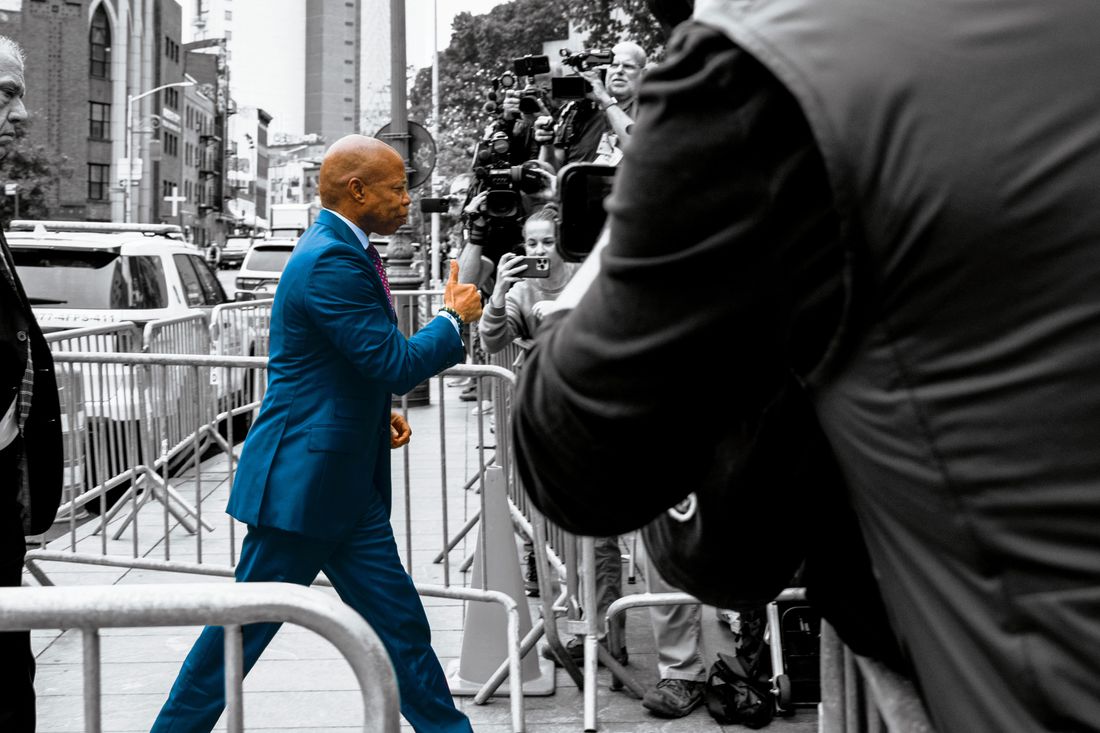
In mid-September, shortly after the New York City police chief resigned amid a federal criminal investigation and Mayor Eric Adams’s chief counsel quit, apparently because her client wasn’t heeding legal advice, and a couple of retired Fire Department officials were arrested on bribery charges, Ingrid Lewis-Martin disappeared from City Hall. Lewis-Martin had long been the most loyal and indispensable of Adams’s advisers — he brings the swagger; she swings the stick — so her sudden absence was noted in the building. “She’s not in this country,” one Adams critic told me. “I hear she is on a beach.” Questions kept bubbling up. Was she fighting with Adams? Was she cutting a deal with the Feds? Was she gone from City Hall for good?
In fact, Lewis-Martin was in Japan on what her attorney later described as a personally financed “friend trip,” sightseeing with a group that included the city official and former state senator from Brooklyn Jesse Hamilton, real-estate executive Diana Boutross, and former state assemblyman Adam Clayton Powell IV. “It was pure vacation,” says Powell, who chronicled his highlights — resort hotels, bullet trains, a night out in Roppongi, a geisha show — on Instagram. The whole time, though, Lewis-Martin’s phone was buzzing. One day, the FBI was searching the interim police commissioner’s house, reportedly looking for classified documents. The health commissioner announced he was on the way out the door and was soon followed by the schools chancellor, whose phone had been seized. City Hall reporters were pestering Lewis-Martin for comment. Rumors were rampant that the mayor was about to go down. On September 26, at around 10 a.m. Tokyo time, the news leaked that Adams had been indicted on corruption charges — a long-anticipated but nonetheless shocking moment in the city’s history.
The next day, Lewis-Martin flew home to a city on the brink of a municipal civil war. Some prominent officeholders, like Representative Alexandria Ocasio-Cortez, had already called for Adams to resign. Others wanted Governor Kathy Hochul to exercise a seldom-used power to remove him from office, which would trigger a snap special election. A half-dozen potential replacements were jostling for position — including Hochul’s predecessor, Andrew Cuomo, who was looking for a comeback express lane. It appeared certain that more arrests, more scandal, and more pressure would be coming. “We continue to dig,” Damian Williams, the U.S. Attorney for the Southern District of New York, said at a press conference unveiling the Adams indictment. Investigators had conducted yet another search, this time at Gracie Mansion, earlier that morning. When Lewis-Martin and her travel companions arrived at JFK the next day, Powell heard a loud voice call out at Customs and saw Lewis-Martin pulled to the right. Two separate groups of investigators were waiting. The Feds served her a subpoena for documents, and the Manhattan district attorney’s office had a warrant for her phone. (The Daily News would subsequently report that Hamilton’s was taken too.)
Outraged and device free, Lewis-Martin went to see her criminal-defense attorney, Arthur Aidala, at his office on 45th Street. The investigators, meanwhile, had hit her Brooklyn rowhouse. “They’re using very heavy-handed tactics all around,” Aidala told me. The federal subpoena involved fundraising, he said, and the DA’s warrant was related to an investigation of potential bribery. Lewis-Martin assured her lawyer she had done nothing wrong. He moonlights as an AM-radio host, and she appeared on that evening’s edition of his show, “The Arthur Aidala Power Hour.”
“We are imperfect, but we are not thieves,” she said on the air. “And I do believe that in the end, that the New York City public will see that we have not done anything illegal to the magnitude or the scale that requires the federal government and the DA’s office to investigate us.”
The defense was set: Maybe we’re just a little criminal. The indictment alleged that, for years, starting during his tenure as Brooklyn borough president, Adams had cultivated a relationship with a representative of the Turkish government who arranged for him to receive some $123,000 worth of illegal gifts, such as discounted business-class tickets on Turkish Airlines and a stay in the Bentley Suite at the St. Regis in Istanbul. When Adams ran for mayor, his Turkish supporters allegedly channeled illegal donations to his campaign through straw donors with the connivance of Adams himself. In return, prosecutors say, Adams performed a number of favors as a public official, most notably pressuring FDNY inspectors to certify that the new Turkish Consulate near the U.N. was safe without conducting the necessary inspections.
The mayor’s defenders described all this as a whole lot of nothing. His defense attorney, Alex Spiro, ridiculed the indictment, calling it the “airline-upgrade corruption case,” and filed an immediate motion to dismiss the bribery charge, citing a recent Supreme Court decision that enlarged the bounds of acceptable gift taking. (He had less to say about the foreign donations.) Over the following week, Adams went on the offensive, speaking to Black audiences and looking to clothe his plight in the language of redemption.
“I’m not going to resign,” Adams said at Emmanuel Presbyterian Reformed Church in the Bronx the Sunday after his indictment. “I’m going to reign.”
The city’s political class seemed to take a deep, steadying breath. Influential voices in the Black community called for due process. Hochul went quiet. Everyone would wait to see how deep the rot went. Spiro has said he wants a quick trial, which could occur before next year’s Democratic primary. But investigators appear to be taking their time. They are reportedly looking into the mayor’s dealings with other foreign governments in addition to Turkey and scrutinizing contracts for the school system and migrant shelters. More revelations and indictments are sure to be coming.
Not since the dying days of the Koch administration had the city appeared to be so much for sale, and never in the 126 years since the five boroughs consolidated had any mayor been personally charged with crimes of corruption. Adams and his supporters, determined to brazen it out, were convinced that the old rules of political accountability no longer applied. “We look at what happened with President Trump,” said Bishop Gerald Seabrooks, a minister who prayed with Adams at Gracie Mansion the morning the indictment was unsealed. “Thirty-four counts, and nobody is asking him not to run.” (During a press conference, Trump wished Adams luck in his legal fight.) Adams loyalists signaled that if Cuomo, or anyone else, wanted the mayoralty, they would have to take it. “We don’t worry about what’s in the shadows,” said attorney Frank Carone, the mayor’s still-influential former chief of staff. “The mayor is not resigning — full stop.”
With Ingrid Lewis-Martin at a rally of clergy and community leaders outside City Hall on October 1. Photo: Mark Peterson/Redux
Eric Adams had the talent to be a great mayor. He is as lively as his city and loves its nightlife, even if it brings him into contact with some unsavory characters. He is funny, and there’s a lightness to his egotistical flourishes, like his prodigious use of the possessive case (“my city,” “my cops”) and his practice of walking out to “Empire State of Mind” when performing even the smallest mayoral function, like wheeling the Sanitation Department’s new trash can up to a press conference.
Until recently, Adams’s habits of evasion, of creating a fog of mystery around even the most basic questions — where does he live? What does he eat? — had mostly made him seem like a scamp, not a criminal. Even after his indictment, some of those who had worked for him found it hard to believe he is personally crooked. “I’m certain that Eric is not corrupt,” says a former Adams aide. “On the other hand, Eric can have terrible judgment in people and is incredibly stubborn.” Adams has often called himself “perfectly imperfect,” a phrase that now seems likely to serve as his epitaph, however the end comes. The positive side of his record includes his hiring of a number of highly competent — and mostly female — deputies and empowering them to run much of the city with minimal interference. The imperfections start with some of the other individuals on his payroll, who represent the very worst that city politics has to offer.
“How did we get here? He brought with him a set of people whose track record of corrupt activity was already well known,” says Brad Lander, the city comptroller and a declared candidate for mayor in the next election. “I think that sent a broad signal to people that this was an administration with a very high tolerance for corruption. And unfortunately, a lot of people seem to have gotten that message and then people who did really genuinely try to do things with integrity paid for it.”
Reports of corruption have dogged Adams’s administration since its earliest days; now, they’re just more detailed. Straw donations. A nightclub-shakedown racket. Nepotism hires. A buildings commissioner who took alleged bribes from alleged mobsters. A mayoral crony who supposedly cried out, “Where are my crumbs?” And it was all so crummy, so careless, so old-school, so Tammany Hall.
“It’s a surprise to me how stupid they seem to be,” says one veteran of Brooklyn politics who has seen a few bosses come and go. “In the sense that if you’re going to milk your positions for private gain, that they weren’t more thoughtful about how they went about doing it.”


